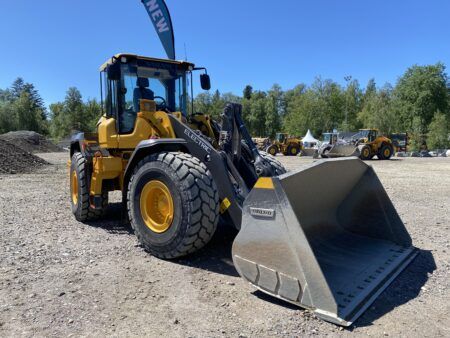A number of European cities have committed to securing only zero-emission buses by 2025. However, to achieve this objective, manufacturers must make bold design choices, radically changing bus componentry, systems, and bodywork. Here, it looks at the debate for greater electric bus design standardization.
In a 2018 report on the Design of Urban Electric Bus Systems, a morphological matrix method was applied to illustrate the complexity of designing an electric bus system. All relevant electric bus technologies and charging systems were analyzed, leading to over 100,000 different system options which were theoretically possible and technically feasible. It is safe to say that the transformation process from diesel to electric bus systems opens up an extremely polarising design realm.
This design space offers bus original equipment manufacturers (OEMs) many opportunities to innovate, but prompts several challenges that also need addressing. Chinese bus OEMs have established conventional technologies and a world-beating cost base, thanks to large subsidies. This manufacturing knowledge has spread globally, with Europe selling over 1,800 electric buses in 2019 — an increase of 1,050 from the year prior. So, against this backdrop, is greater design standardization needed?
One standardization debate revolves around battery design — the chemistry and the placement. Battery chemistry has a direct impact on an electric bus’s range and charging speed — technology that has often fallen short. As a possible solution, next-generation battery technologies such as solid-state (SSB) and lithium-sulphur are gaining momentum, but with investments already made in Li-ion technology, how quickly can these alternatives be brought to market?
When a technology is in its infancy, applying too many design constraints, especially ones that are solely cost focussed, can negatively affect the ability to tackle problems such as electric bus range.
On the other hand, some structural constraints are essential, such as defining the maximum weight of a component to make sure the typical bus empty weight correlates with the recommendations for the specific body type. For example, chassis designers may be required to manufacture lighter bespoke parts to accommodate an increase in battery weight. Non-standard design options for bus parts, such as those provided by a specialist, will help bus OEMs develop innovative systems while also keeping buses light and efficient.
Charging systems also fall into the electric bus standardization debate. In 2019, a report enabling e-bus interoperability testing was released by ASSURED. This project, co-funded by the European Commission (EC), set out to promote the electrification of urban transport vehicles. This has brought the standardization of electric bus charging one step closer and could bring economic benefits to operators thanks to the ability to charge buses from different manufacturers at the same charging point. The standard charging will also have a positive effect on the resale value of vehicles.
While the case for electric bus charging standardization is compelling, it’s clear that too much design standardization could negatively impact a technology that is still in its infancy. Each design decision has positives and drawbacks regarding technological design complexity, capital and operational cost. In an ideal world, a holistic electric bus design would analyze the requirements of the specific bus system, including the daily operation range, distance of trips, terrain and idle time at end stops.
However, electric bus design needs to be considered in its wider infrastructure context, which requires a certain level of design standardization. Electric bus technology development still has a long way to go, but it’s clear that innovative OEMs and electric bus parts suppliers will have a crucial role to play in the electric mass transportation future.





